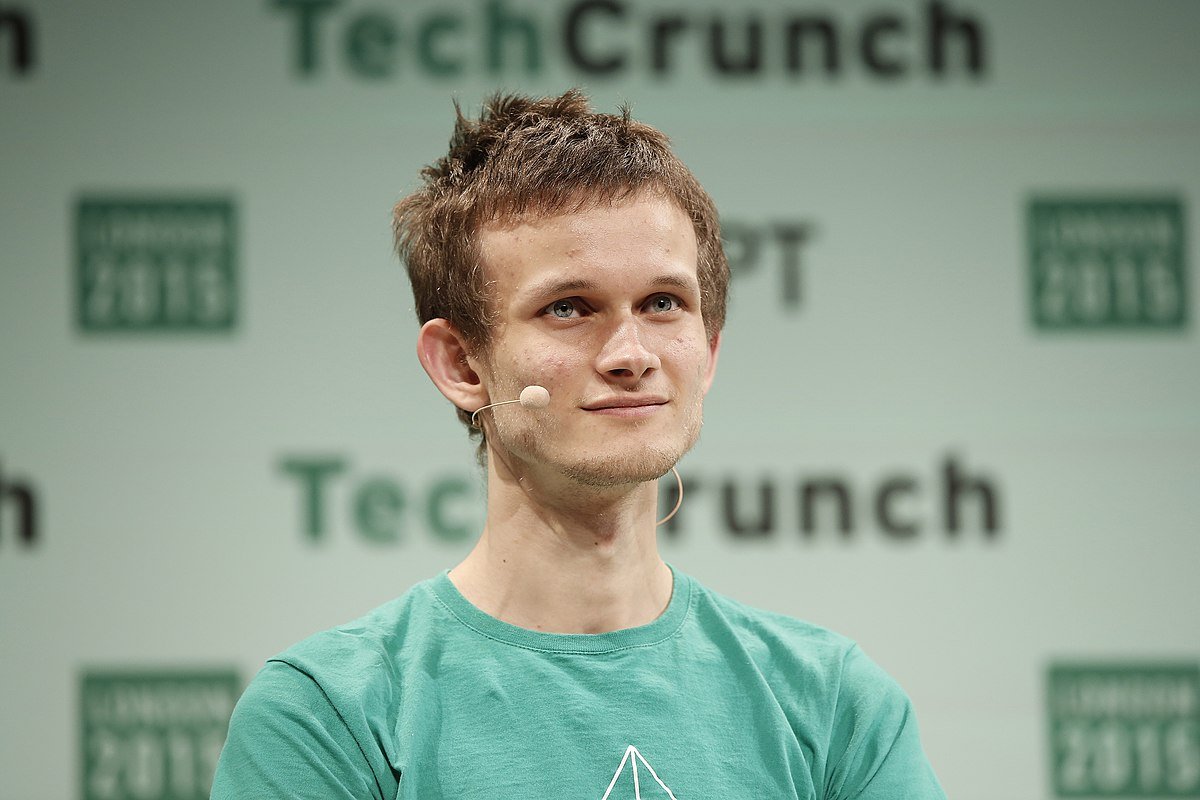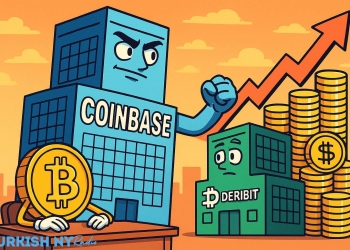Vitalik Buterin, Ethereum developer, has ignited a fresh round of debate in the crypto community. He draws attention to the revolutionary potential of Zero-Knowledge (ZK) Proofs in Web3 socials. With this advancement, decentralised social protocols that promote user privacy and trust have advanced. Buterin contends that Farcaster and Flink, which are similar to X, require separate user interfaces. He aired his views at the most recent Ethereum Community Conference (ETHCC).
At the ETHCC, other speakers include Chris Goes of Anoma, Shumo Chu of Nebra Labs, and Elias Tazartes of Kakarot. They provided insightful commentary on Web3 networks and ZK Proofs. Web3 developers are currently focusing on privacy and scalability as key issues, prompting this appeal for innovation. Buterin’s support for ZK Proofs on social media platforms could change the way people use and manage their data online. It could have an impact on Web3 socials.
The Promise of ZK Proofs in Web3 Socials
A new technology that could revolutionise Web3 is Zero-knowledge proofs. It is a strong answer to the privacy issues that impact conventional social media sites. This cryptographic method enables the verification of information without disclosing the underlying data.
Web3 socials are unique, thanks to this unprecedented degree of privacy control. In contrast to Web 2 social platforms that may expose user information, Goes stated that ZK Proofs give users better discretion. Users would have control over the exact information they wish to publish. This makes it possible to provide precise information with purpose and targeting.

Additionally, Web3 social media greatly benefit from ZK Proofs’ scalability. Using ZK Proofs, these platforms can reduce the computational resources needed for verification. This helps maintain efficiency as they handle more transactions. This is essential for creating decentralised social platforms that meet or exceed Web2 competitors in performance.
Tazartes mentioned the new Lens Protocol chain, which uses ZK compression to make it more scalable. Shumo Chu of Nebra Labs says ZK Proofs and Web 3 can help prevent Web 2 social media bans and restrictions.
Unique Front-End Experiences for Web3 Socials
Buterin’s necessity for separate user interfaces in Web3 socials emphasises the importance of user experience in adoption. Web3 socials’ underlying technology has many benefits. Yet, user engagement and simplicity of use are crucial for these platforms to succeed.
Finding the right mix of familiarity and innovation is a challenge for platforms like Farcaster and Flink, which are similar to current social media heavyweights like X. The distinct advantages of Web3 socials comprise improved privacy controls and data ownership, which should be easily accessible to users as they navigate these platforms.
Creating unique front-end experiences requires a deep understanding of user wants and requirements. Developers should consider factors including usability, personalization, and feature integration into Web3 socials. Also, Web3 socials can set themselves apart from conventional platforms. They can demonstrate the practical advantages of decentralised social networking by emphasising these features.
Web3 Socials Adoption: Conquering Obstacles
Some obstacles may need to be overcome before Web3 socials can achieve their full potential and become widely used. Informing consumers of the value of data ownership and data governance may be a major challenge. So, clear communication and user education are the keys to Web3’s success in overcoming this challenge. Platforms should make an effort to clearly communicate the benefits of decentralised social networking.

Making the onboarding process easy for new users is another obstacle. For individuals unfamiliar with the industry, the requirements of Web3 socials can be daunting. Such requirements include managing cryptocurrency wallets and comprehending ideas like gas fees. Reducing the barrier to entry for Web3 socials will need the development of user-friendly onboarding processes. In addition, it would require the provision of extensive support resources.
Conclusion: The Future of Web3 Socials
Combining ZK Proofs with unique front-end experiences in Web3 socials is a major social media development. These systems could provide a strong alternative to conventional social networks. They can focus on solving important problems with user experience, scalability, and privacy.
As the Web3 social ecosystem expands, the industry expects many platforms to accommodate different needs. Innovative solutions spanning numerous domains are likely to emerge from the application of Web3 concepts to social media. These are not limited to professional networks and news feed aggregators. Web3 socials have a bright future ahead of them. If they keep improving and gaining more users, they could be major players in the future’s social networking landscape. TurkishNY Radio continues to provide insights on these developments, helping investors stay informed.






























































































![BitTorrent [New]](https://s2.coinmarketcap.com/static/img/coins/64x64/16086.png)














